Elizabeth Williams
Painting
Featured projects
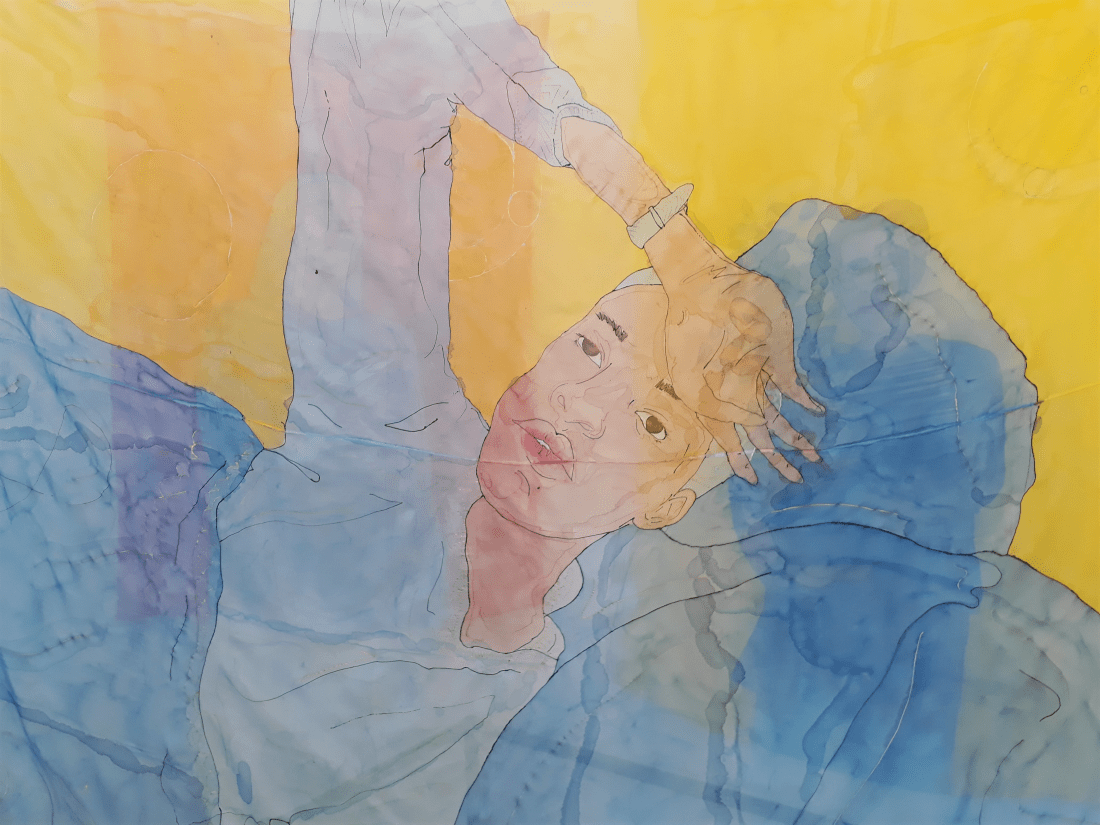
Holy Virgin of the Virgins
Ink on silk
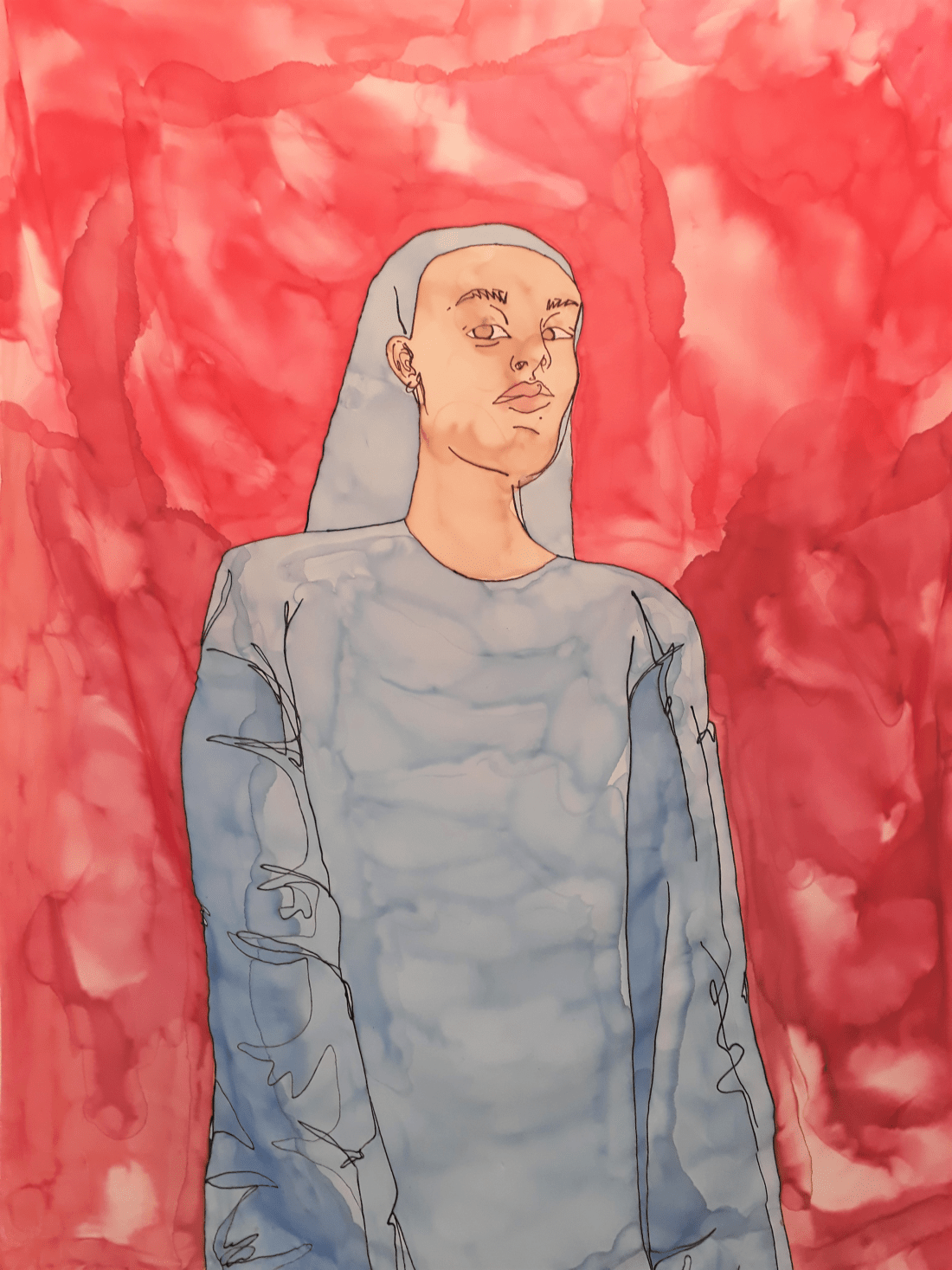
Madonna of Humility
Ink on silk
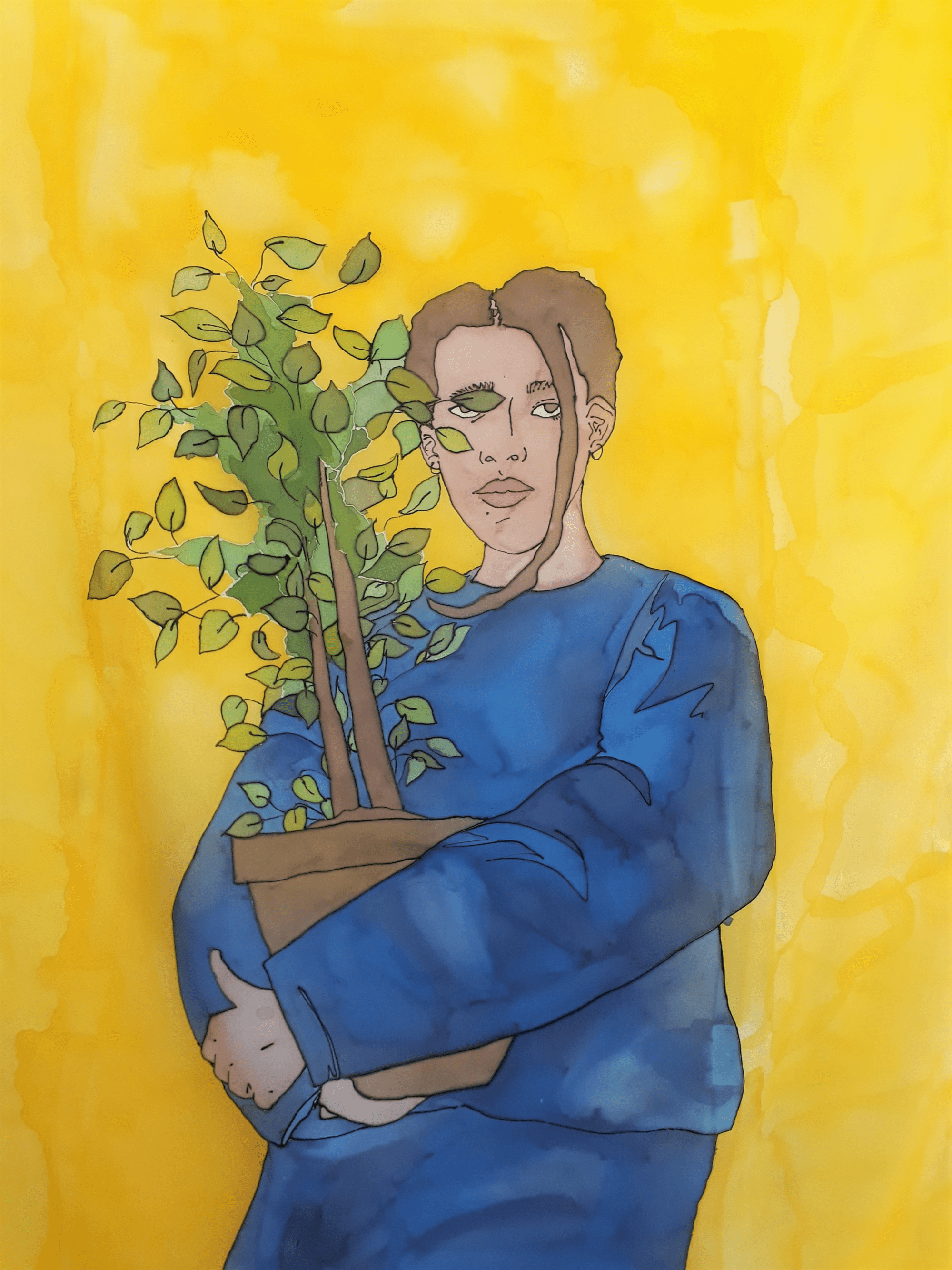
Madonna and Child
Ink on silk
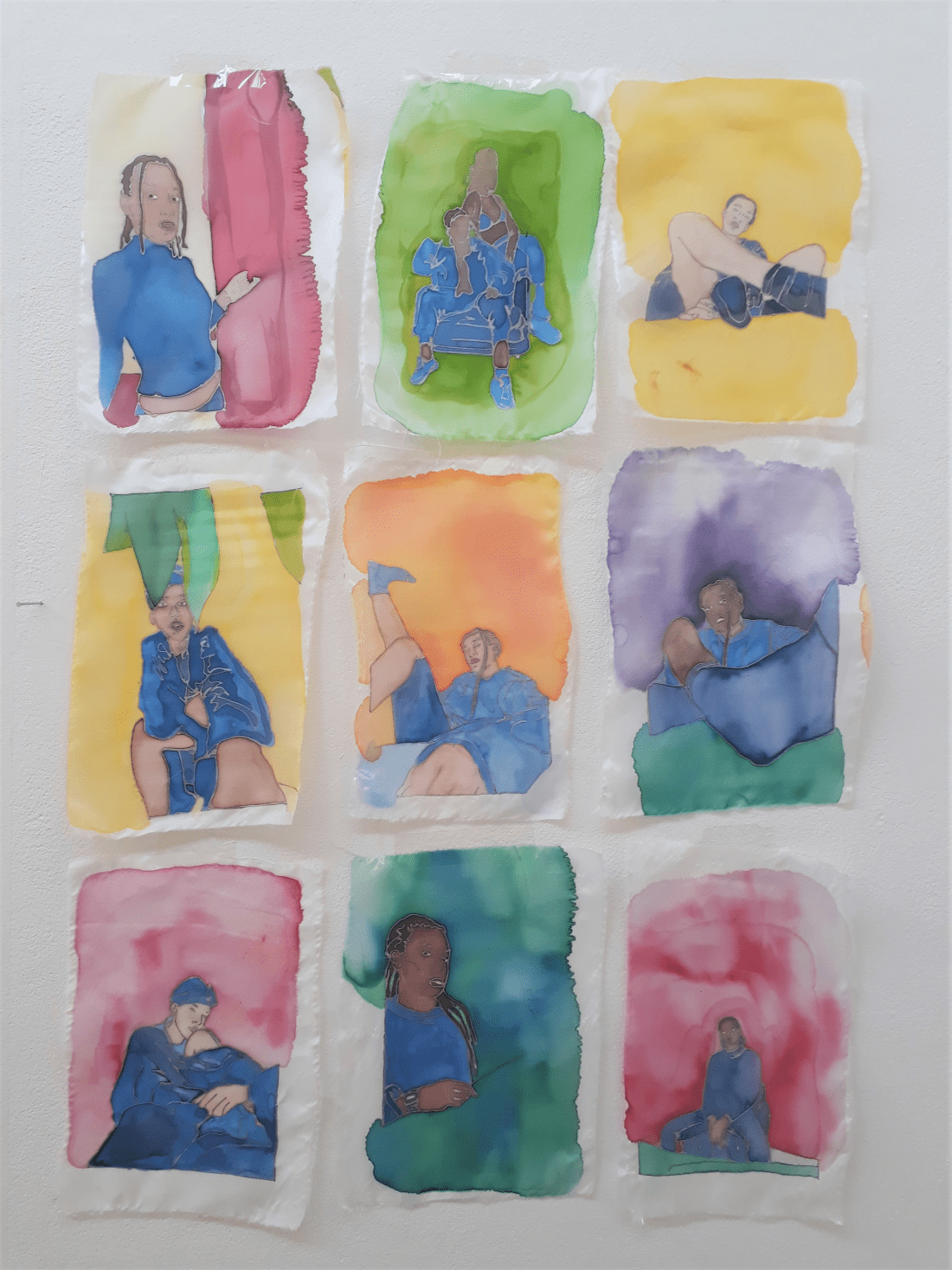
Our Lady of Perpetual Help
Ink on silk
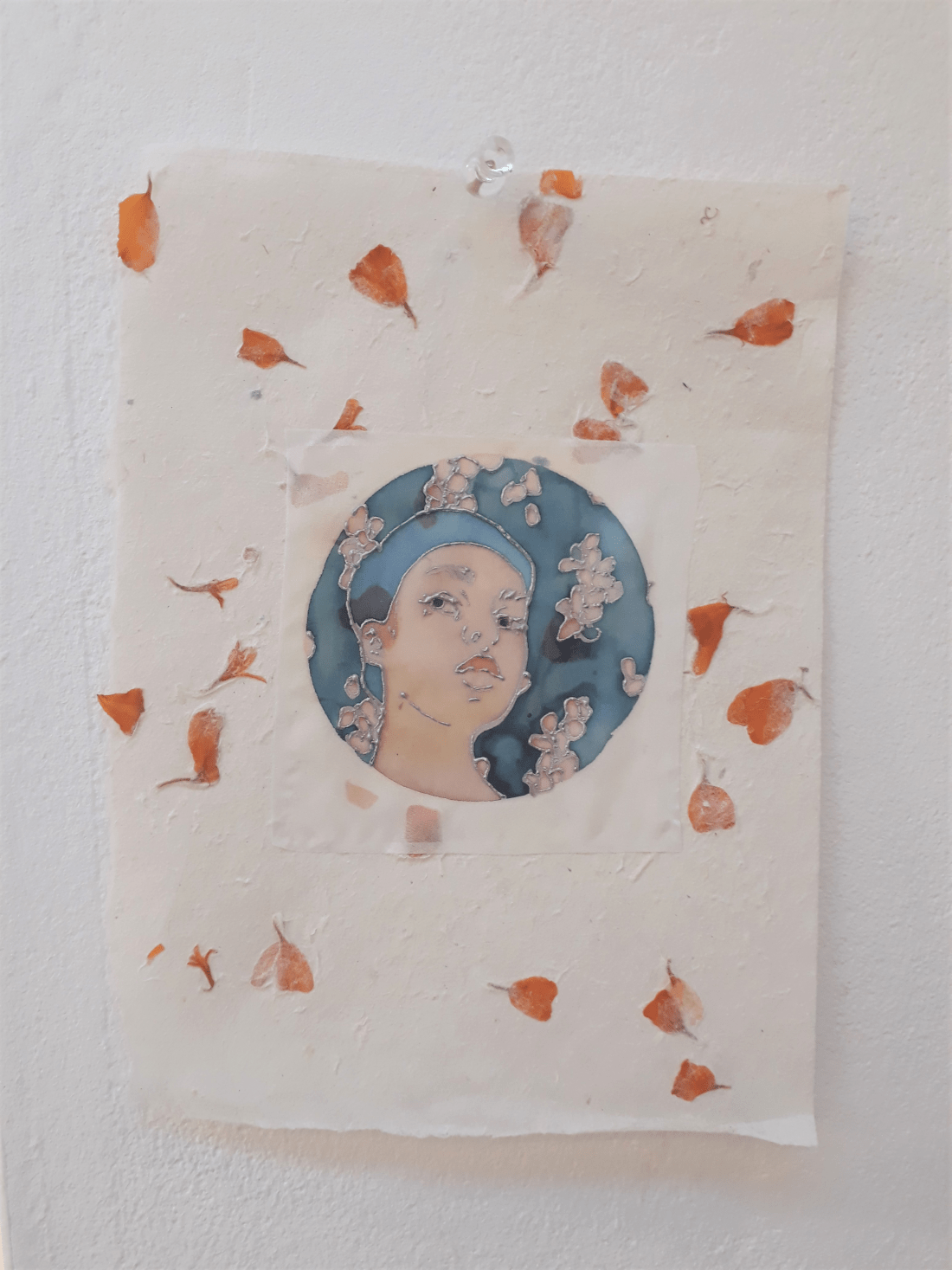
Blessed Mother
Ink on silk
Elizabeth Williams
Through visually reinterpreting and subverting Christian iconography, the work uses contextual satire and humour to explore a contemporary religio-racial identity. Drawing from Crenshaw’s theory of intersectionality, the work is situated within a post-colonial framework and aims to reframe the whitewashed imagery of the European church. In articulating contemporary identity politics, the work also refers to the performative blackness expressed within the works of visual activists and artists such as Zanele Muholi.
Through the primary medium of silk and ink, the works are reminiscent of stained glass and altarpiece paintings found in the Renaissance and Medieval Church, whilst also referencing the link between womanhood and textiles. This is further explored through reference to the historic Black Madonna and a manipulation of scale, creating a sense of magnificence and spectacle.